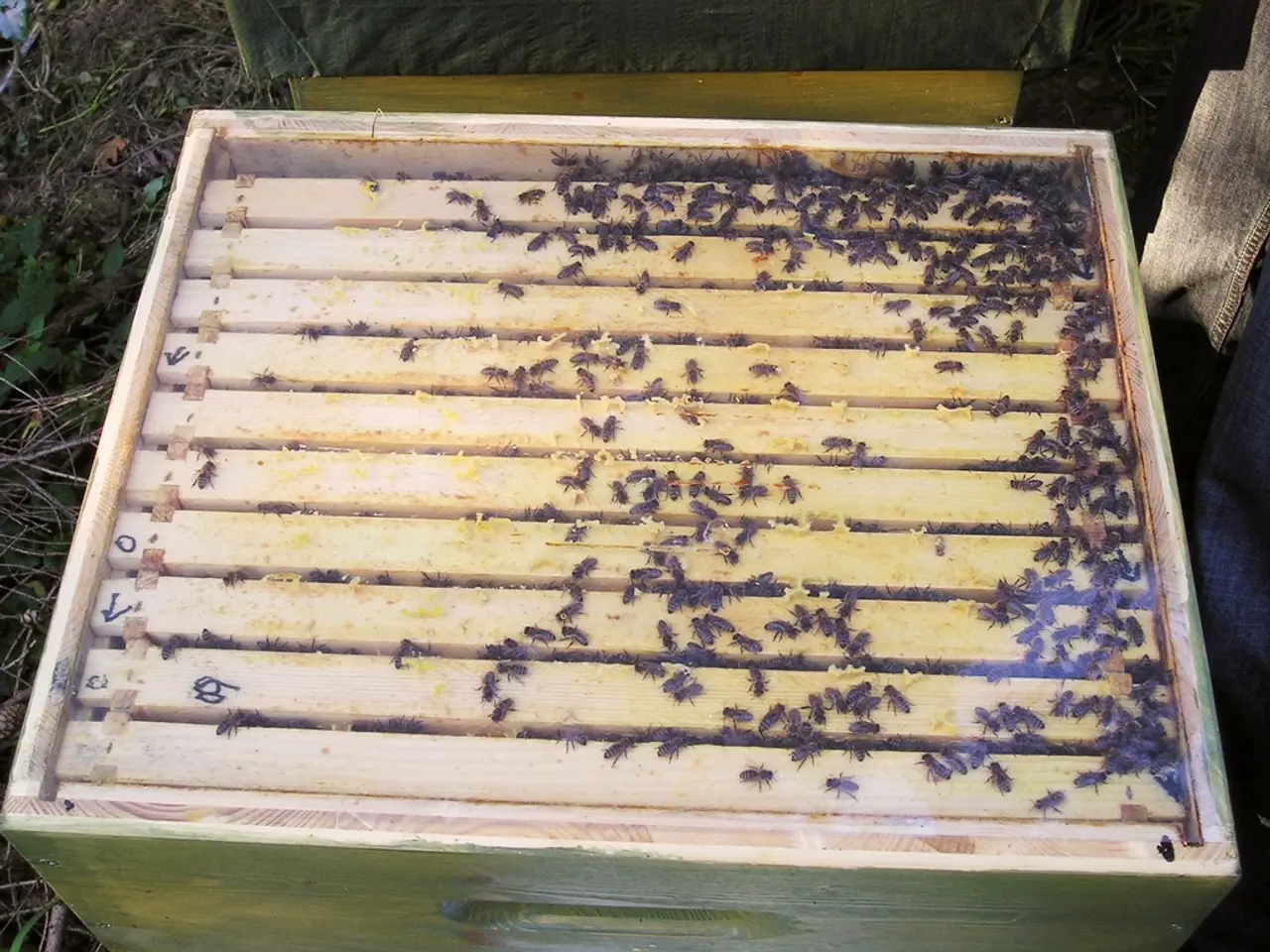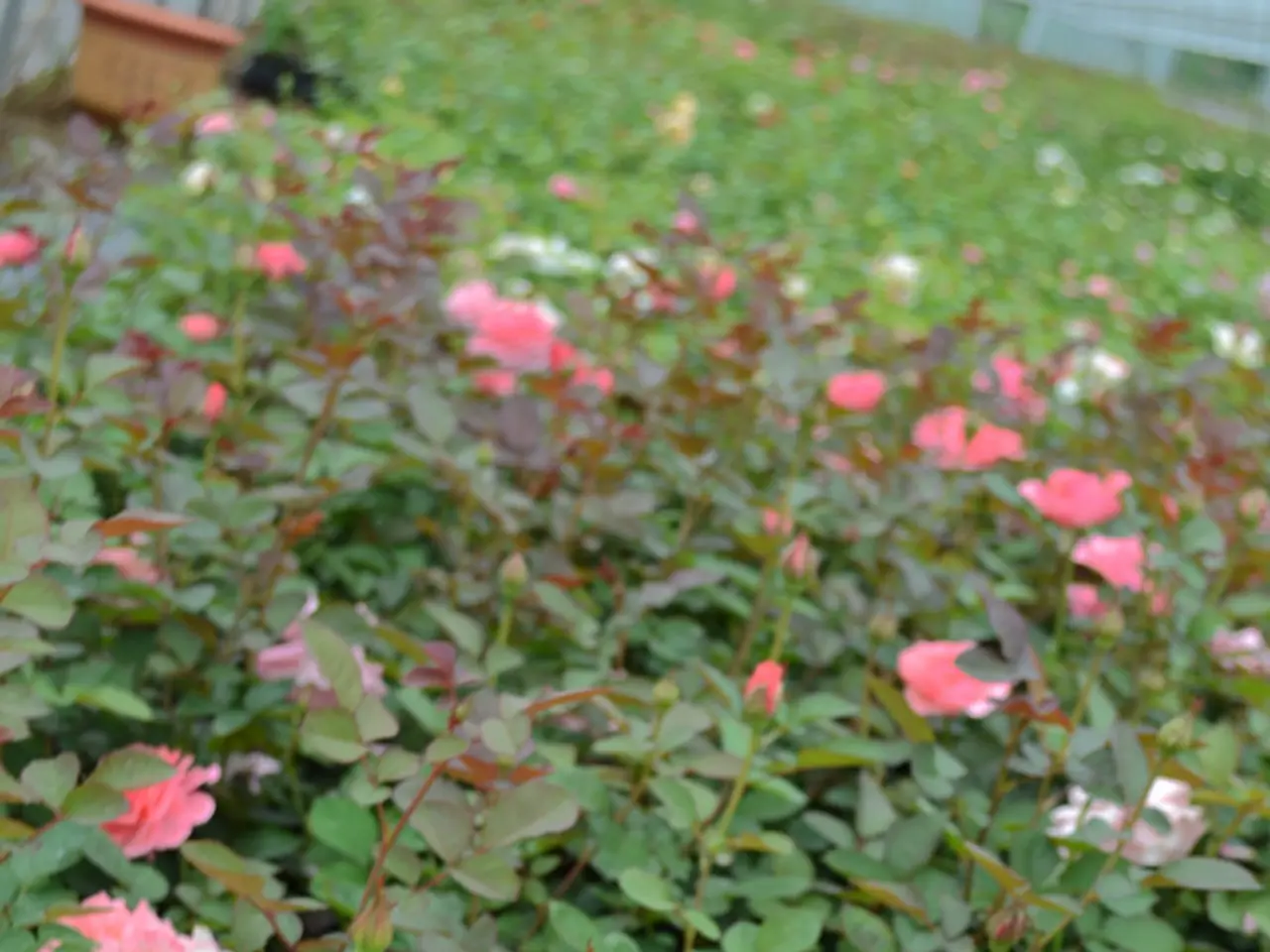Strategies to Keep Ticks Away from Your Lawn – 4 Practical, Chemical-Free Approval Methods from Professionals
As the peak tick season approaches, it's essential to take preventative measures to protect your family, pets, and garden from these tiny pests. Here's how to create a tick-resistant lawn, as suggested by experts.
**1. Maintain Short Grass and Trim Vegetation**
Keep your grass mowed short, ideally 3 inches or less, as ticks prefer tall grass that provides moisture and protection. Regularly prune and trim shrubs, especially those between 1 and 4 feet high, where ticks typically wait to latch onto hosts. Remove leaf litter and yard debris to reduce moist tick-friendly habitats.
**2. Create Physical Barriers**
Install a 3-foot wide barrier of wood chips, gravel, or dry mulch between your lawn and wooded or brushy areas to limit tick migration. Consider fencing your yard to keep out deer, common tick carriers, though fences may not fully prevent deer entry. Gravel barriers can also discourage deer from entering the property.
**3. Use Tick-Repellent Plants**
Plant species that repel ticks and deter deer can reduce tick populations. Recommended plants include rosemary, geranium, garlic, mint, sage, lavender, marigold, juniper, thyme, oregano, daffodils, and peonies. Avoid plants that attract deer, such as hostas, tulips, lilies, sunflowers, and roses, as deer can bring ticks into your yard.
**4. Manage Rodent Populations**
Mice and other small mammals are primary hosts for immature ticks, so controlling rodent populations helps break tick life cycles. Keep bird feeders away from the house and reduce brush piles to minimize rodent habitats near your lawn.
**5. Ongoing Tick Monitoring and Removal**
Even with lawn treatments, continue to check yourself and pets for ticks after spending time outdoors. Use proper tick removal tools and methods to reduce infection risk if a tick bites.
**Additional Tips:**
- Position play areas and outdoor furniture away from yard edges and shaded, moist spots to reduce exposure. - Consider professional pest management if tick problems persist, combining chemical and non-chemical controls tailored to your yard.
**Nematode Solution**
Nematodes, available from garden centres or online stores like Amazon, are safe to use around children, animals, and garden wildlife. They are natural predators of ticks and can be applied to your lawn to help keep ticks at bay. Apply nematodes once the soil temperature exceeds 10°C, usually in the evening to maximize their hunting time.
**Rubber Grass Matting**
Rubber grass matting can be useful in high-traffic zones like around trampolines, swings, or seating areas, as it creates a less inviting surface for ticks to inhabit.
By integrating these methods—short grass, physical barriers, strategic plantings, rodent control, and vigilant monitoring—you can greatly reduce tick presence and create a safer, tick-resistant lawn environment.
In the realm of home-and-garden, one effective way to minimize tick populations is by using tick-repellent plants. Selecting species like rosemary, geranium, garlic, mint, sage, lavender, marigold, juniper, thyme, oregano, daffodils, and peonies can help deter ticks and deer, thus reducing their numbers in your garden (lifestyle). Whilst working in the garden, taking extra care to keep it free of leaf litter, yard debris, and tall grass can also make your home-and-garden less appealing to these pests (gardening).




